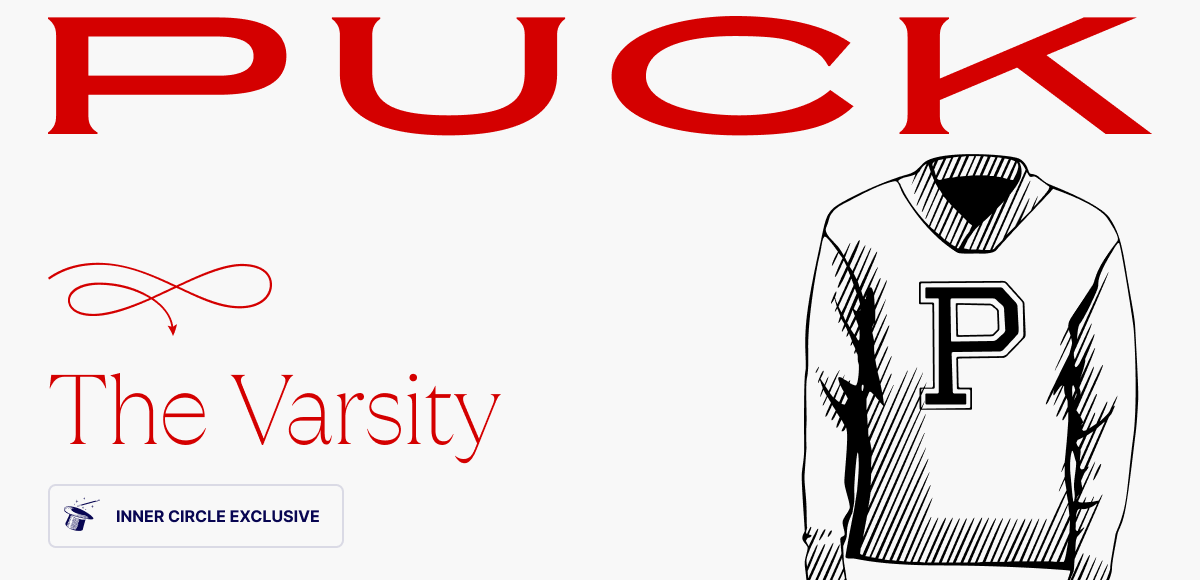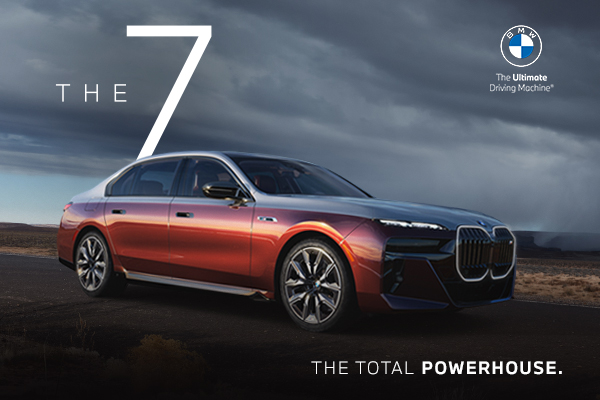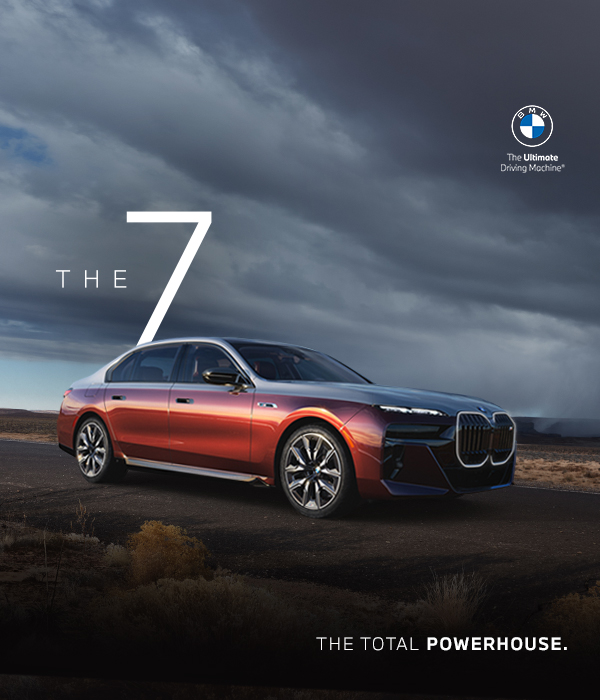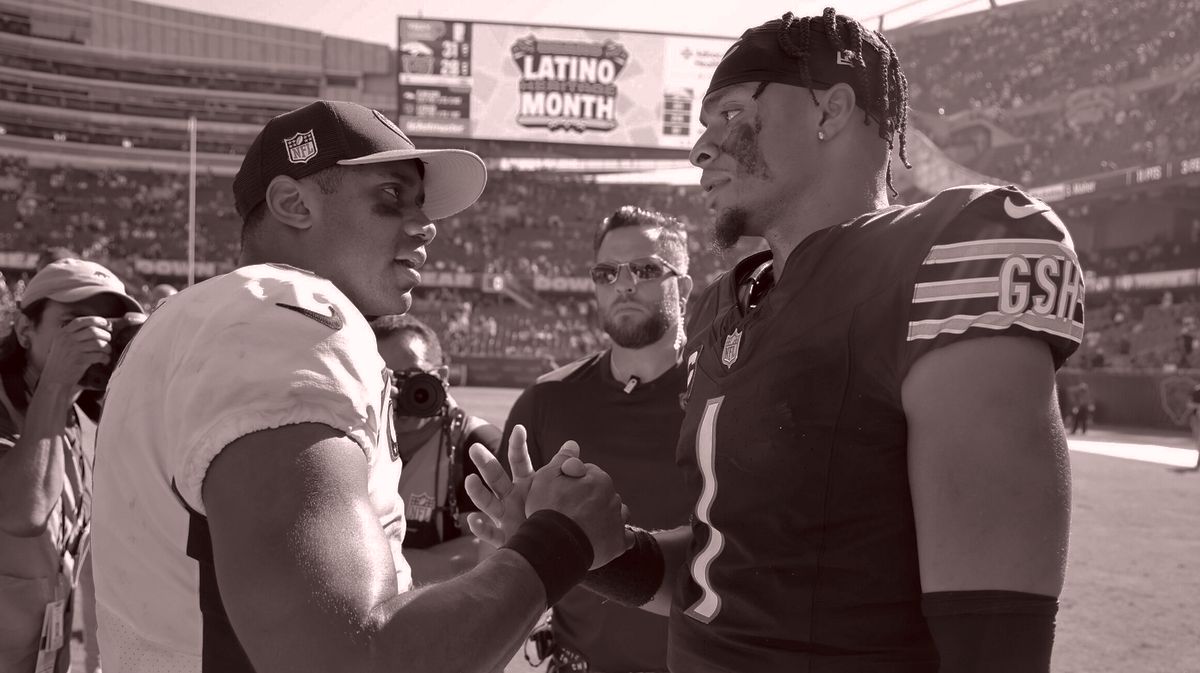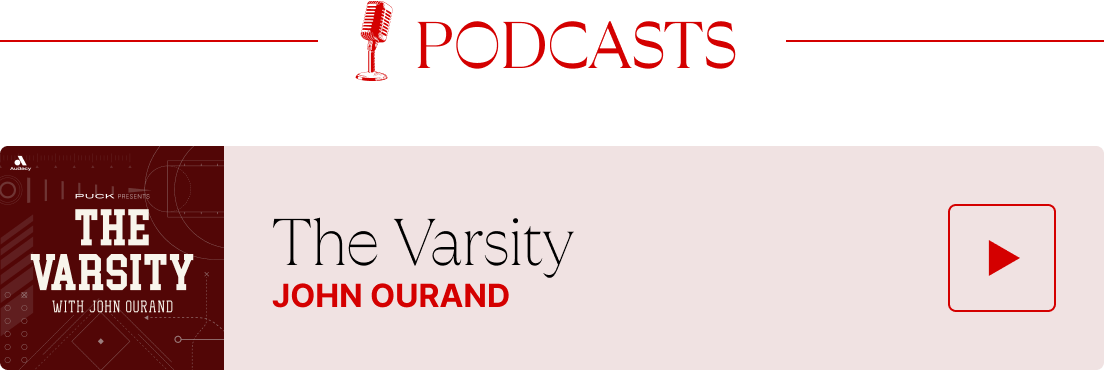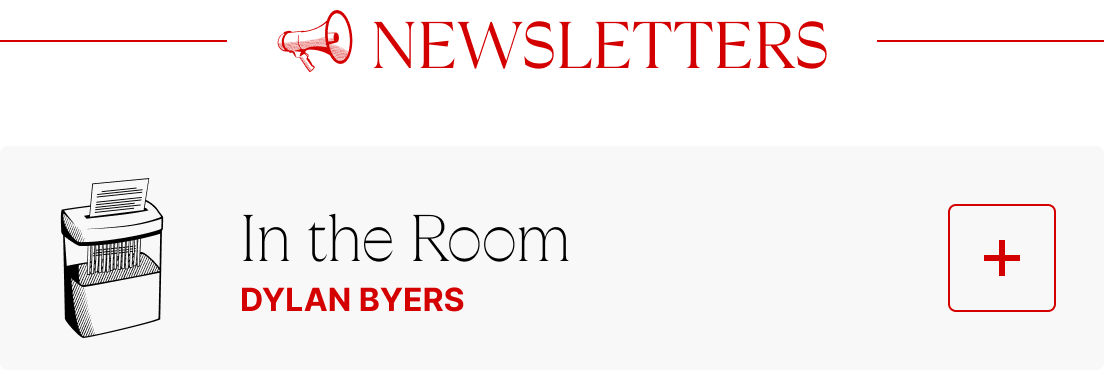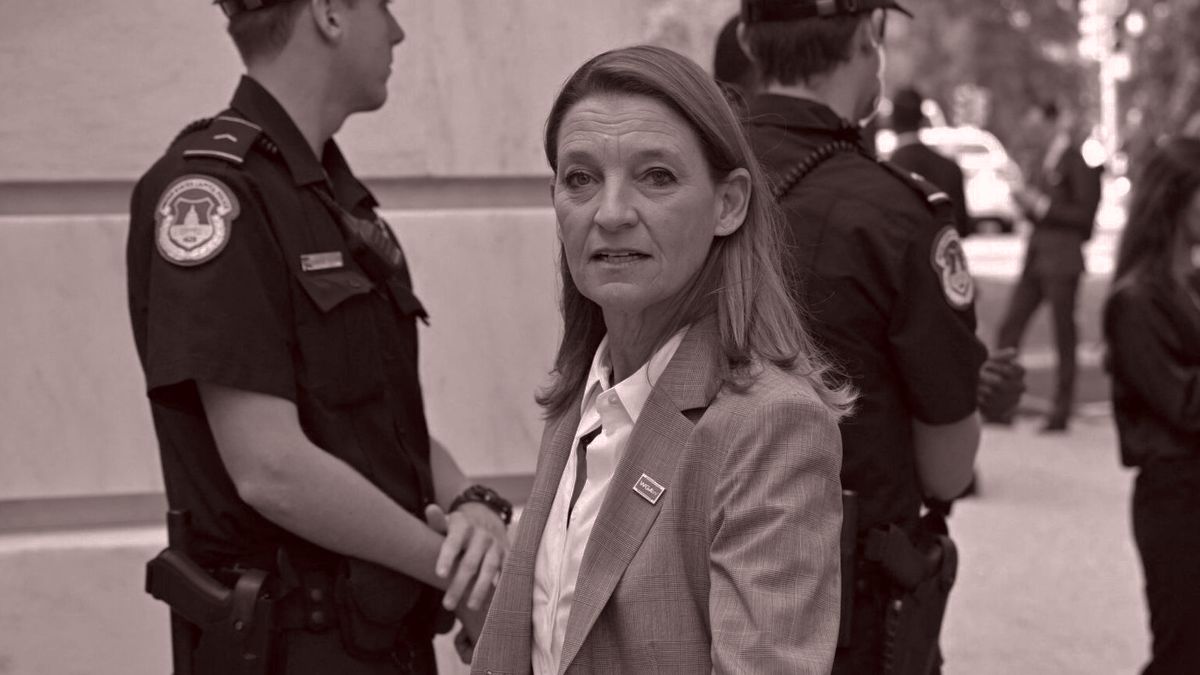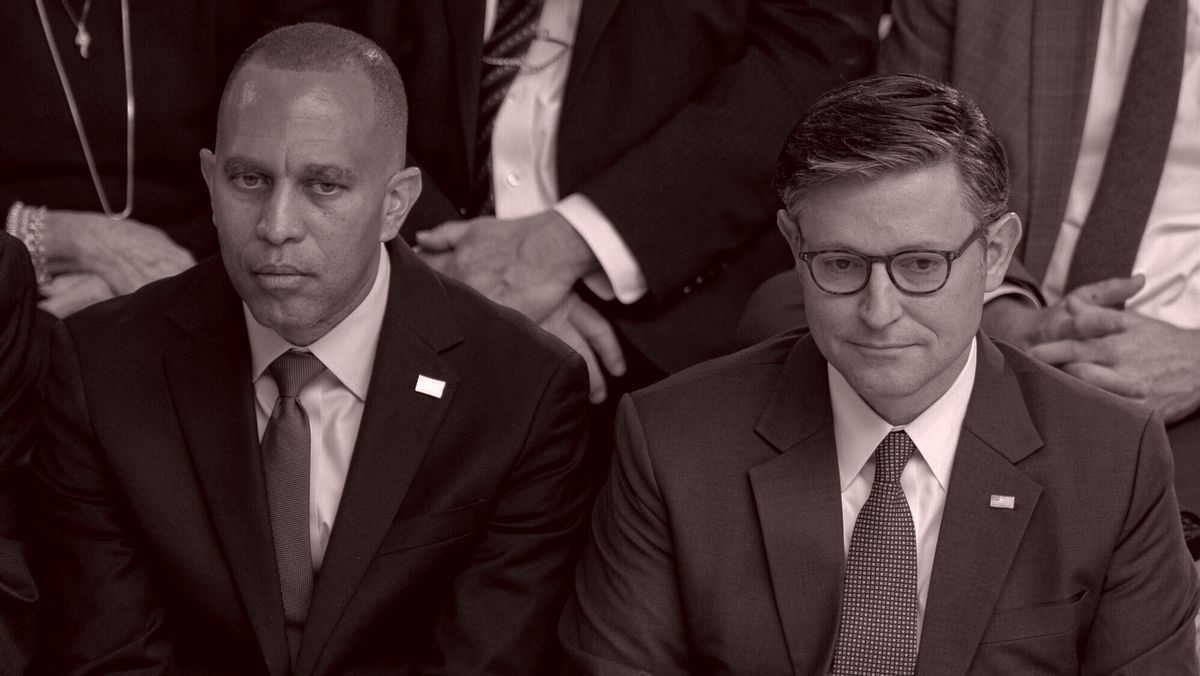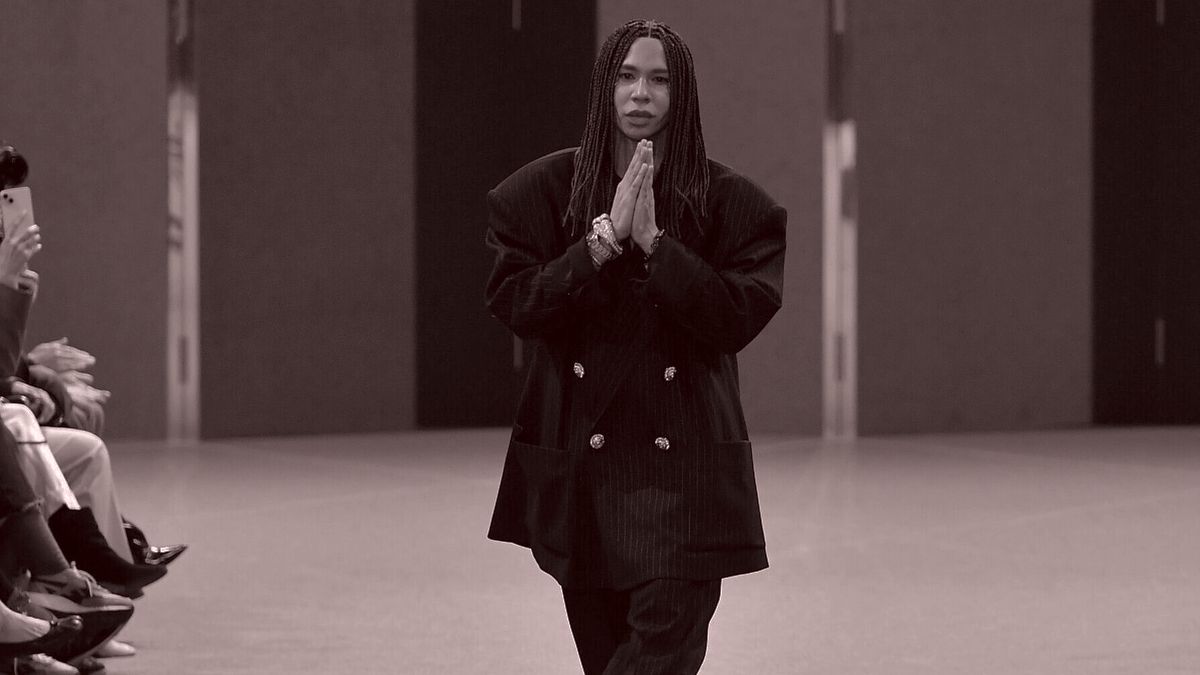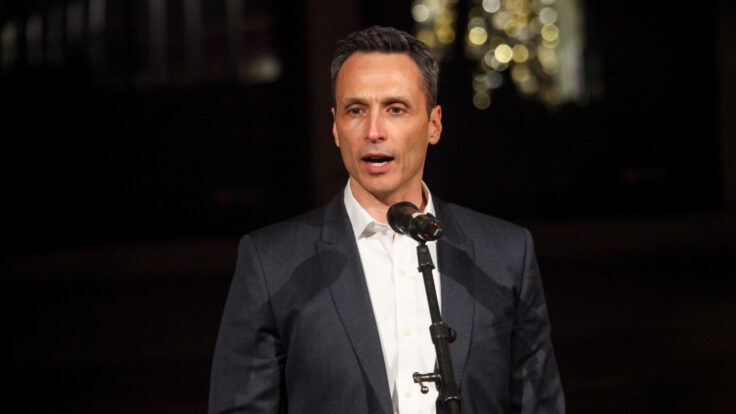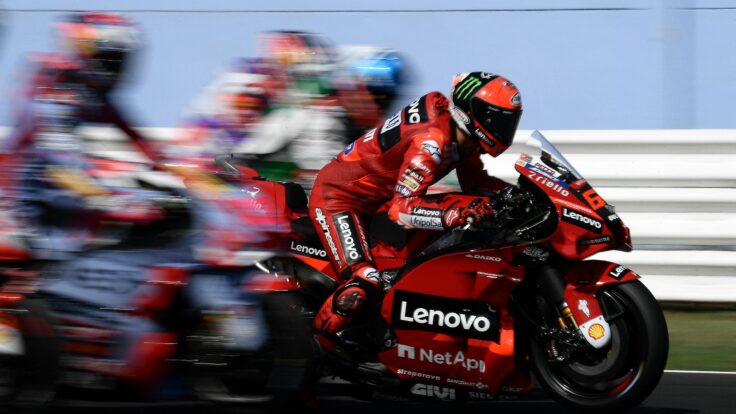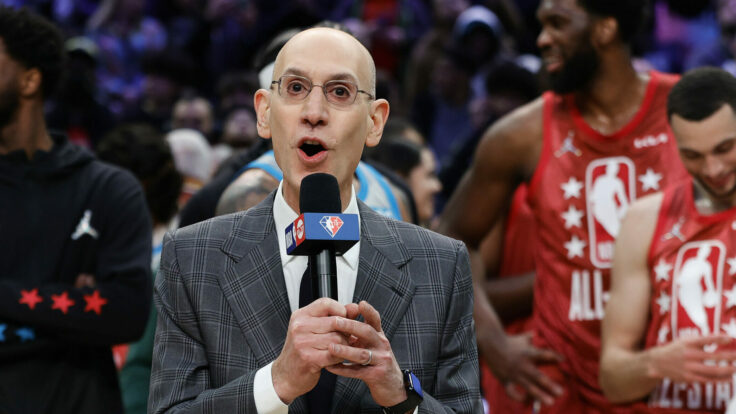Welcome back to another exclusive Inner Circle issue of The Varsity,
our thrice-weekly private email on the money, power, and egos fueling the sports media business.
YouTube is currently considered the front-runner to grab the streaming rights to next year’s NFL Draft, which would be in addition to ESPN’s linear deal. It’s the latest development in the platform’s expanding foray into the sports rights business—a looming conversation topic in the industry that
forms the basis of Julia Alexander’s missive this evening. What is YouTube trying to be? What should it be? Julia answers those questions, among others, with her characteristic brilliance. Today’s piece, like all of Julia’s work, is exclusively available to Inner Circle members, so click here to upgrade if you haven’t yet. As always, this is a
Marchand-free safe space.
But before throwing it to Julia, I wanted to briefly highlight the NBA’s recent playoff TV numbers: Viewership for the first two days of the playoffs—not the play-in games, mind you, but the actual playoffs—was the highest in a quarter-century. Eight first-round games (four on Saturday, four on Sunday) averaged 4.4 million viewers per
game, up 17 percent from last season. That doom-and-gloom early-season narrative—when amateur observers blamed excessive three-pointers and porous defense for declining ratings—now feels like ancient history.
Now, let’s get to Julia…
|
Stat of the
Week: 2:11:57
|
That’s how long WWE fans reportedly spent watching non-wrestling
programming (ads, post-match interviews, packages, etcetera) during the first night of WrestleMania 41, which led to a flurry of negative headlines about the ad load on Peacock’s stream. The amount of time spent watching the actual matches? About an hour and 45 minutes. So a whopping 54 percent of the first night’s broadcast consisted of… something other than wrestling. Not a great experience to say the least…
Sure, increased ad loads, and
other ancillary fare, are expected during premium sporting events. But the WWE’s new partnership with Netflix has been touted as an example of the streamer’s ability to sell out title-level ad inventory with major sponsors—and the response to WrestleMania 41 is a serious gut check regarding audience tolerance levels.
|
Trend I’m
Watching: Ad Tech Wars
|
One of the more interesting aspects of Netflix’s recent earnings call had
nothing to do with the company’s sports strategy or tariff calculations. Instead, it was Netflix’s commitment to improving its ad tech to better serve subscribers and partners. This will become increasingly important as Netflix builds out its live sports strategy, and competes with tech giants in the sports space who have much better ad tech.
Netflix isn’t the only company trying to brush up on ad tech: Disney’s Dana Walden has
been talking about it at analyst conferences; Amazon is bringing its A.I. products into its ad tech; and YouTube, of course, belongs to Google. Rest assured, you’ll start hearing way more about ad tech from the major streamers as sports become more crucial to their bottom line.
|
|
|
A MESSAGE FROM OUR SPONSOR
|
Forever at the top of its game, the trailblazing BMW 7 Series. Engineered to win. Learn more at
BMWUSA.com
|
|
|
- A big TKO acquisition: TKO, WWE’s parent company, recently acquired the Mexican lucha libre promoter AAA, underscoring how important non-American scripted grappling is to its empire-building ambitions. AAA, which helped launch the careers of WWE greats like Rey Mysterio and the late Eddie Guerrero, is one of the largest wrestling promotion companies south of the border. According to reports, TKO wants to give Mexican fighters
“a path into WWE without having to spend years in Mexico.”
This acquisition should also help sell more tickets to live events—a big priority for TKO—and support international expansion, which is a key component of the Netflix deal. Given TKO’s enthusiasm for investing in international sports, including boxing in Saudi Arabia, I wouldn’t be surprised to see more wrestling acquisitions under the WWE banner.
- An NHL ratings paradox:
Team owners, league operators, and media executives love to say that ratings only tell part of the story, but it’s a very important part to consider in the NHL’s case. According to SBJ, hockey ratings are down 12 percent year over year across ESPN, ABC, TNT, and TruTV. Not great, but it could be worse: Local ratings for Blackhawks games declined by almost 80 percent in Chicago following the team’s transition to the Chicago Sports Network
after NBC Sports Chicago turned off the lights.
Not exactly inspiring stuff. The big question, however, is whether these declines will slow, stop, or reverse by the time the NHL’s national media deals are up in three years. And if they don’t, how much will bidders care? Sports rights valuations continue to increase, thanks in large part to tech companies coming in with aggressive bids. We’re living through a bloated auction era in which streamers are moving into the market and linear
players are trying to hold on to their carriage fee leverage. As we all know, there will be fewer bidders in the future.
- Downplaying Dončić: I’m a Raptors fan by birth, and a Knicks fan by adoption, so I don’t particularly care about Mavs fans’ continued moaning re: Luka Dončić’s midnight trade to the Lakers. That said, this clip
of Mavericks general manager Nico Harrison arguing that he didn’t realize how important Dončić was to Dallas fans is ridiculous. As Harrison surely knows, the entire league is trying to validate its $76 billion in media rights deals by pointing to the intense domestic and international fandom that superstar players, like Luka, inspire. But maybe it’s easier to feign ignorance than talk about ongoing ratings issues and financial woes wrought by the continued decimation
of regional sports networks. In any case, Harrison is still public enemy number one in Dallas.
|
|
|

|
Eriq Gardner
|
|
- Finally, a D.O.J.-Disney scoop…: I’ve learned that the Department of Justice has launched a formal investigation into Disney’s acquisition of a controlling stake in Fubo, the sports-oriented streaming service. Disney and Fubo are already responding to information requests, and bracing for a potential challenge from the Trump administration over the deal, which was announced in January.
The investigation itself shouldn’t be
surprising. After all, the transaction effectively ended antitrust litigation between two rivals. If you recall, Disney had planned to launch Venu—a sports streaming joint venture with Warner Bros. Discovery and Fox—until Fubo sued and secured an injunction. That litigation vanished when Disney bought its stake in Fubo in January and incorporated it into Disney’s Hulu + Live TV business. That didn’t sit well with Senator Elizabeth Warren, who urged the D.O.J. to
take a closer look at the deal.
Of course, any government attempt to unwind the Disney-Fubo deal would play out against the backdrop of President Trump’s war on major media companies—which could present complications of its own. If this does make its way into a courtroom, expect questions from defense lawyers about political interference, and comparisons to Trump’s hands-on involvement in the proposed PGA Tour–LIV Golf merger, another antitrust case between rivals that was conveniently
resolved. Disney declined to comment.
|
|
|
And now, on to the main event…
|
|
|
If you want to understand YouTube’s sports ambitions, stop thinking about the
platform as another ESPN or Netflix, and see it for what it is: Google’s video gatekeeper.
|
|
|
These days, the only thing sports and entertainment executives want to
talk about is YouTube. Not YouTube TV, mind you, but YouTube. Alas, the two often get conflated: When we talk about YouTube, we’re often talking about its creators, who upload videos for the viewing pleasure of the platform’s more than 2 billion monthly users; YouTube TV, meanwhile, is essentially a skinny bundle that acts as a distributor for content providers like Disney and Warner Bros. Discovery. But when reports suggest that YouTube TV is a potential bidder for the NFL’s Week 1
game in São Paulo, I know that things have gotten really confused. After all, any streaming analyst worth their salt knows that an NFL game shouldn’t be confined to YouTube TV—it should be on YouTube. Yes, YouTube.
YouTube TV isn’t designed to replace cable channels. Instead, it’s designed to do exactly what Google’s search engine has done for 30 years—act as a gateway to all content. The
business doesn’t compete for exclusivity; it competes to deliver the best viewing experience. It’s a tech strategy, not a media play.
But while Google is betting that YouTube TV can unify television and create a better experience than its competitors, Google is betting that YouTube can expand advertising opportunities and increase global reach. And that makes it a better partner for sports
leagues under certain circumstances.
The heart of YouTube’s sports strategy, for its part, is Primetime Channels, which is designed to reduce discovery problems by elevating content that sits behind closed doors (streaming apps) and putting it in front of people. Sunday Ticket, for example, is available to subscribers of YouTube TV (which serves sports fans across the board) as well as Primetime Channel users on YouTube (those who have a heightened interest in the
NFL). We know this strategy works for Amazon and its partners—25 percent of Apple TV+’s domestic subscriber growth in Q1 came from its partnership with Prime Video—so why couldn’t it work for YouTube? Outdoor TV, a subscription service for outdoor sporting activities, saw engagement for its channel grow by 42 percent following its partnership with YouTube Primetime Channels.
|
|
|
A MESSAGE FROM OUR SPONSOR
|
Forever at the top of its game, the trailblazing BMW 7 Series. Engineered to win. Learn more at
BMWUSA.com
|
|
|
Google is working on redesigning the main YouTube app to better highlight Primetime Channels, and
the algorithmic flywheel is evident. A Los Angeles Chargers fan might go to YouTube to watch game highlights or content from a creator like Pat McAfee. YouTube then serves up reminders about Sunday Ticket, available via a YouTube TV subscription, or through Primetime Channels; the landing page for Primetime Channels reminds the Chargers fan that, based on their White Lotus–related activity on the app, they can also subscribe to Max. It’s all within one payment system,
and it’s all done through the app where users are spending the most time: YouTube accounts for 12 percent of all TV streaming time in the U.S.
|
None of this is new for consumers: Roku has used this strategy for
years, and Apple TV was once a major competitor in the space. YouTube, however, has a massive advantage given its enormous user base, sheer amount of free content, and one-click payment system. So what is it going to do with this flywheel? Rights to a one-off NFL game become admittedly tantalizing—again for YouTube, not YouTube TV.
YouTube doesn’t need high-priced licensed sports content to
make its own offering better—it’s already thriving. But Google certainly sees the potency of the advertising opportunity. Connected TV ad spending, which includes YouTube, hit nearly $29 billion in the U.S. last year, and is projected to sail past $46 billion in 2028, per eMarketer.
What’s more, YouTube’s audience currently demonstrates ample advertising tolerance. (Only about 7 percent of
YouTube’s 2 billion-plus monthly users pay for the ad-free YouTube Premium.) So access to more exclusive live content could further incentivize advertisers to allocate more of their CTV budget, and possibly even reallocate some of their linear budget, to YouTube at a time when its digital ads business is facing more competition and disruption—especially following the Department of Justice’s recent verdict regarding Google’s ad tech monopoly.
We’re already seeing the possibilities of YouTube’s unique appeal. A few years ago, YouTube acquired some rights to Campeonato Paulista, a large soccer league in Brazil. Recently, Casimiro Miguel, a YouTube creator focused on soccer, who has more than 4 million subscribers, provided real-time commentary on a live game, directly on the platform. It became one of YouTube Live’s most watched streams ever. The stream followed
the rollout of YouTube’s “Watch With” feature, which allows creators to color commentate on live sports—beating Amazon Prime Video, which shut down its Twitch “Watch Party” feature last year, to the punch. Not only will this allow YouTube to demonstrate its tech capabilities—including ad tech—during these broadcasts, it will also increase the number of ads that YouTube can sell across a game.
YouTube
executives understand that sports, and sports-adjacent content like podcasts and highlight channels, is big business. Sports viewing increased by 30 percent in 2024, and the company has teased significant changes to the platform to accommodate more of it. Yet for all the promise of YouTube, there still isn’t enough direct monetization to synthesize a pay TV deal, and that stops YouTube from investing in rights in a meaningful way.
This is especially true as the cost of sports rights explodes. YouTube could be an additional partner—conversations with leagues including the MLB and the NBA have reportedly happened—but it doesn’t need those rights nearly as much as legacy media companies, or even Amazon, Netflix, and Apple. So, in the meantime, you can expect the business to selectively invest in sports rights, but don’t anticipate that YouTube TV will do the same.
|
On F1’s U.S. media rights: “There are three issues with the F1 rights.
First, they may be going to market as companies tighten their budgets. Maybe Netflix is super interested, but if they know ESPN’s bid is low, why bid against yourself? The second issue is UFC rights. ESPN, Netflix, or another player might use up their budget on those rights. Apple may have an infinite pocketbook, but if I’m Liberty Media, I would be hesitant to take their money, given how miniscule MLS viewership likely is. Lastly, F1 has a D.T.C. service called F1 TV that is available in the
U.S. This includes the main race feed, all practices, qualifying, and sprint races, plus different camera angles and shoulder programming. When ESPN agreed to pay $80 million AAV for F1 three years ago, I was surprised F1 TV was not part of the deal. Who subs to F1 TV? The superfans. With ESPN going D.T.C., there is no way they would extend F1 rights and allow F1 TV to exist.” —A financial executive
More on
F1: “A key indicator for the near future of F1 domestically will be ticket sales and attendance numbers at the three U.S. races this season. There’s been no attempt by F1 to tie together the months in between the Miami, Austin, and Las Vegas races. There’s no doubt the excitement of the race on-site is far better than the TV experience brought to us by Sky Sports. Maybe that’s another impediment.” —A racing executive
|
|
|
Puck sports correspondent John Ourand and a rotating cast of industry insiders take you inside the executive suites
and owners boxes where the decisions that shape the entire sports business are made. You’ll hear interviews with players, network execs, and everyone in between. The Varsity is an extension of John’s private email for Puck by the same name. New episodes publish every Wednesday and Sunday.
|
|
|
Ace media reporter Dylan Byers brings readers into the C-suite as he chronicles the biggest stories in the industry:
the future of cable news in the streaming era, the transformation of legacy publishers, the tech giants remaking the market, and all the egos involved.
|
|
|
Need help? Review our FAQ page or contact us for assistance. For brand partnerships, email ads@puck.news.
You received this email because you signed up to receive emails from Puck, or as part of your Puck account associated with . To stop receiving this newsletter and/or manage all your email preferences, click here.
|
Puck is published by Heat Media LLC. 107 Greenwich St, New York, NY 10006
|
|
|
|
